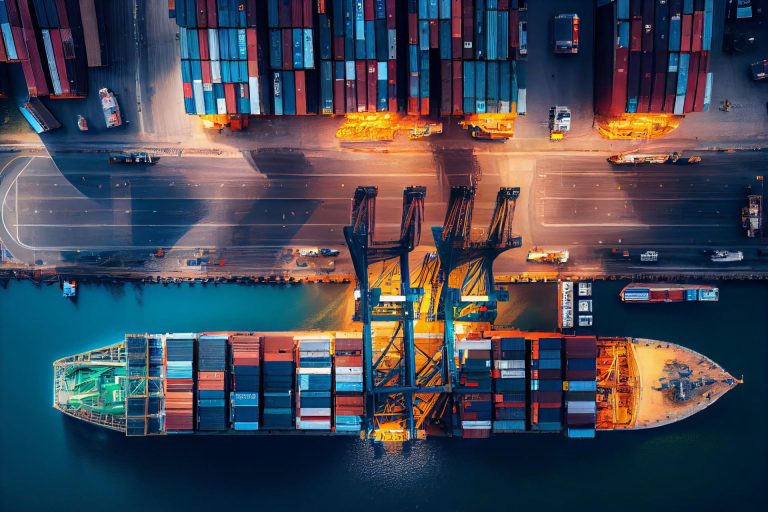Africa is on the cusp of a transformative shift in the global agro-industrial landscape. This, perhaps above anything else, has the potential to usher countries across the region into a new era of prosperity and inclusive economic growth.
The agricultural sector has long been the backbone of Africa’s economies, providing livelihoods to between 60–65% of the total population. In some countries, this percentage could be even higher, particularly in rural areas where agriculture is the primary livelihood for the majority of the population.
However, it is the integration of agro-processing into this equation that has the potential to drive transformative change – both in meeting domestic demand and driving exports. This is not something possible sometime in the distant future; it is already taking place.
A number of countries across the region are breathing new life into their agro-industrial sectors by investing in transport, trade, and industrial infrastructure, harnessing modern approaches, and fostering strategic partnerships. This is happening on the heels of the convergence of rising costs and growing consumer demand in Asia, the changing nature of global trade incorporating multiple stages of vertical value chains across multiple borders, the ability to source inputs as diverse as cocoa, sesame, cotton and lithium from countries across the region with increasingly astute governments that require investors to establish in-country processing capabilities that contribute to sustainable economic development in a manner not attainable by the previous primary product export approach.
Drawing inspiration from existing success stories, the continent’s strategic focus on agro-processing inspired and supported by the African Development Bank and its partners, holds the key to unlocking its full potential and propelling it towards inclusive growth.
One prime example of this transformation can be seen in Ghana. Historically renowned for cocoa production, companies like Cargill and ADM – a global agribusiness company, are sourcing cocoa beans locally and processing them into various cocoa products that meet international market demands. This move has not only boosted revenue but also generated employment opportunities and positioned Ghana as a significant player in the global chocolate industry.
Kenya’s burgeoning horticultural sector is driving agro-industrial innovations. Investments in post-harvest infrastructure, such as advanced packhouses and cold storage facilities, ensure the freshness and quality of exports. As a result, Kenya’s flowers, fruits, and vegetables have gained popularity in European markets, bolstering the nation’s economic growth.
Ethiopia’s commitment to agro-industrial parks has positioned it as a hub for textile and apparel manufacturing, targeted at investors seeking competitive capabilities. These parks offer integrated infrastructure and reliable electricity, attracting global investors, such as H&M – the Swedish fashion retailer and Inditek Group, the parent company of popular brands like Zara who have become key players in Ethiopia’s textile and apparel sector.
Nigeria has also taken strides in agro-industrial processing to add value to its abundant cassava production. And has successfully attracted firms such as South African based Tiger Brands, Olam International and Thai Farm International who source and produce cassava-based products for export to international markets. Domestically, besides large conglomerates like Dangote Group, small and medium-sized enterprises (SMEs) also now engage in cassava processing, producing flour, starch, and ethanol. This shift reduces reliance on raw cassava exports and creates economic opportunities in rural communities.
Leveraging its livestock resources, Tanzania has ventured into agro-industrial leather processing, attracting Investments in modernizing tanneries and promoting value-added leather products from firms such as Turkish-based Ranisa (T) Limited, German based Westerlohoiz and Mega Leather Cluster Ltd – a consortium of Indian investors, all of whom are involved in the production of finished leather and leather products for export.
The factors behind the success of these interventions, mirror the experience of the East Asia Tigers in the 1980s and 1990’s. And highlight the need for national and sub-national governments to prioritize infrastructure development, skills training, private sector development, strategic partnerships (e.g. PPPs) through market linkages, trade agreements and other market engagement activities, as well as deepening business climate reforms, promoting policy stability, coherence and government coordination.
In reality, the resources, political capital and execution capacity to deliver these initiatives and reforms broadly and to the degree required to promote and sustain investor confidence are often short of what is required. The solution is to size programmes/schemes (such as agro-industrial parks) to match the capacity of national and sub-national governments to deliver, with the aim of scaling up successes as they are realized.







